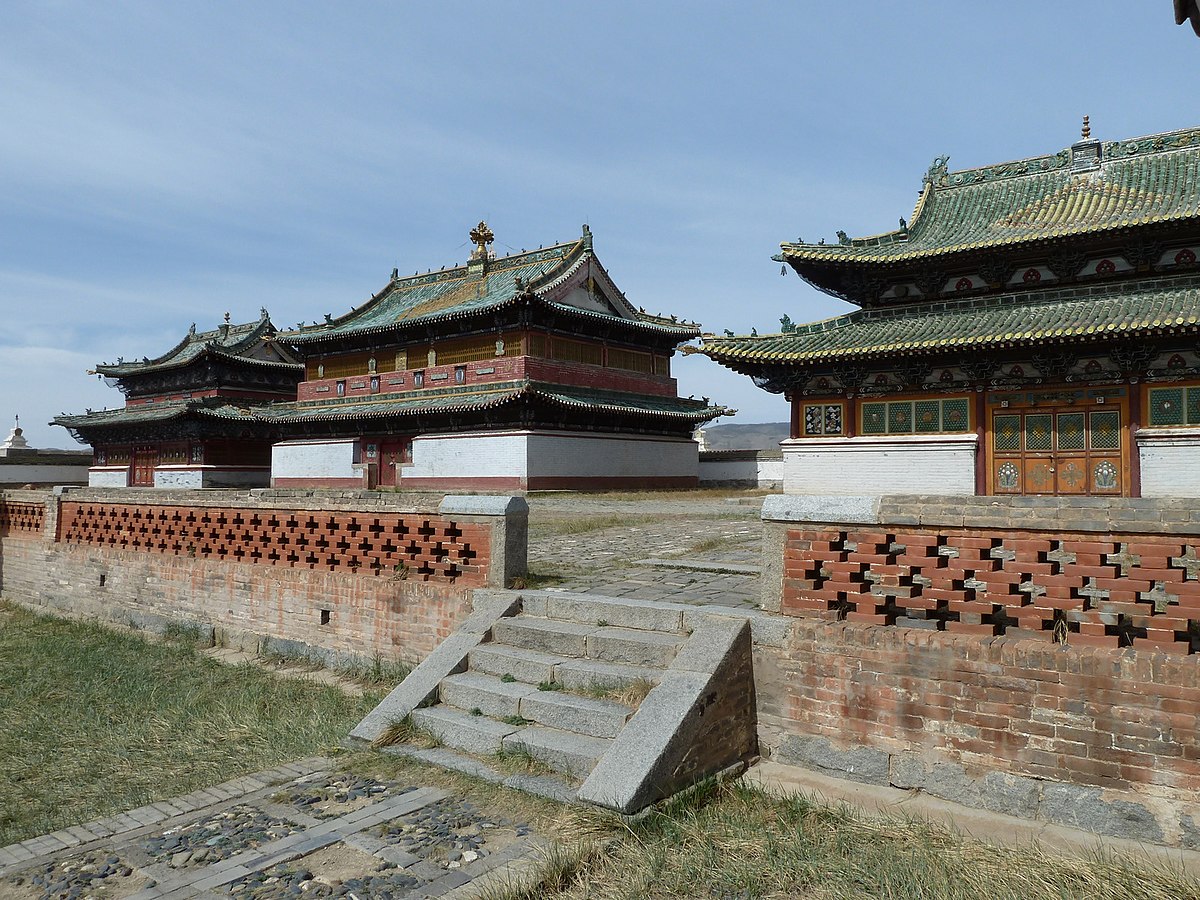Mongolian music is deeply rooted in the country’s nomadic and pastoral traditions, reflecting the vast landscapes, nomadic lifestyle, and cultural heritage of the Mongolian people. The impressive story of Mongolian music encompasses a rich tapestry of traditional throat singing, morin khuur melodies, and contemporary influences. Here’s an overview of the distinctive elements and evolution of Mongolian music:
1. Throat Singing (Khoomei or Khöömei):
- Description: Throat singing, or khoomei, is a unique form of vocalization where singers produce multiple pitches simultaneously. It is characterized by harmonic overtones, creating a mesmerizing and otherworldly sound. Different styles of throat singing exist, including kharkhiraa, kargyraa, and sygyt.
- Significance: Throat singing is deeply connected to the nomadic lifestyle and the vast, open landscapes of Mongolia. It has been practiced for centuries and is considered a form of cultural expression and spiritual connection with nature.
2. Morin Khuur (Horsehead Fiddle):
- Description: The morin khuur is a traditional Mongolian stringed instrument with a distinctive horsehead-shaped scroll. It typically has two strings and is played with a bow. The instrument is often associated with nomadic pastoral life and is used to accompany singing and storytelling.
- Significance: The morin khuur is considered the national instrument of Mongolia and is central to the country’s musical heritage. Its melodies often reflect the vastness of the Mongolian steppes and the connection between humans and nature.
3. Long Song (Urtiin Duu):
- Description: Long song, or urtiin duu, is a traditional form of Mongolian folk singing characterized by long, sustained melodies. The lyrics often depict the beauty of nature, love, and the nomadic way of life.
- Significance: Urtiin duu is a poetic and melodic expression of Mongolian cultural values, capturing the essence of the nomadic lifestyle and the vast landscapes that shape the Mongolian identity.
4. Contemporary Fusion and Global Influence:
- Description: In recent years, Mongolian music has seen a fusion of traditional elements with contemporary genres. The global success of bands like The Hu, blending traditional Mongolian throat singing with rock and metal influences, has gained international acclaim.
- Significance: The contemporary evolution of Mongolian music demonstrates its adaptability and the ability to resonate with diverse audiences worldwide while preserving its cultural roots.
5. Mongolian Pop and Modern Styles:
- Description: Mongolia has a thriving modern music scene, including pop, hip-hop, and electronic genres. Young Mongolian artists are blending traditional and modern elements to create a dynamic and evolving music landscape.
- Significance: The modern styles reflect the changing cultural landscape of Mongolia, offering a diverse range of musical expressions that appeal to younger generations while embracing traditional roots.
6. Cultural Festivals and Celebrations:
- Description: Music plays a central role in Mongolian festivals and celebrations, such as Naadam. Traditional music and dance performances are integral parts of these events, showcasing the vibrancy of Mongolian cultural heritage.
- Significance: Festivals provide platforms for musicians and artists to celebrate and promote Mongolian music, ensuring its continuity and appreciation among diverse audiences.
The impressive story of Mongolian music is a journey through time, echoing the soulful melodies of the steppes, the nomadic spirit, and the enduring cultural traditions of the Mongolian people. From ancient throat singing to contemporary global influences, Mongolian music continues to captivate and inspire audiences around the world.
0
29/12/2023 in Uncategorized

















